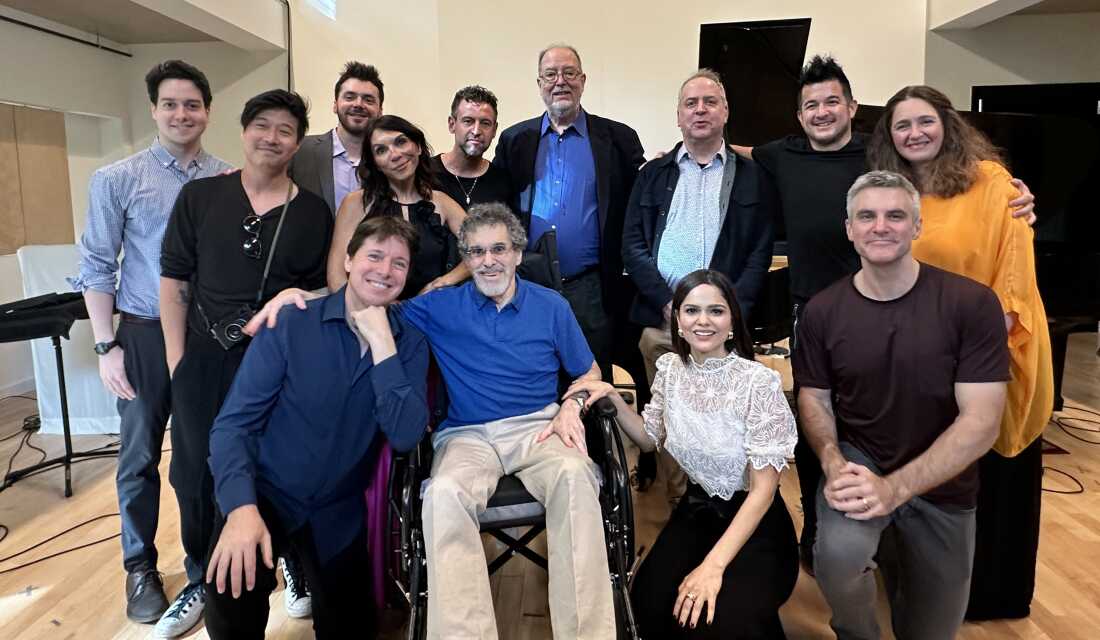From the Violinist’s Stand to the Control Room: The Unique Ear of Adam Abeshouse
In the intricate world of music production, few professionals can claim the distinctive journey that has shaped Adam Abeshouse’s approach to sound. His path from classical violinist to acclaimed audio engineer represents a fascinating evolution that has fundamentally influenced how he perceives, captures, and crafts musical recordings.
The Foundation: Classical Training and Musical Intuition
Abeshouse’s story begins in the traditional realm of classical music, where precision, dynamics, and tonal subtlety reign supreme. His years as a violinist provided him with an intimate understanding of acoustic instruments and their natural resonance characteristics. This foundation became invaluable when he transitioned into the technical world of audio engineering.
“When you’ve spent years listening to the subtle differences between bow techniques or the way a violin’s tone changes in different acoustic spaces, you develop an ear that’s attuned to nuances that others might miss,” explains one industry colleague familiar with Abeshouse’s work.
The Transition: From Performance to Production
The leap from performer to engineer required Abeshouse to reimagine his relationship with music. Where once he was creating sound, he now needed to capture, manipulate, and enhance it. His classical background proved to be both an asset and a challenge – while his musical ear was exceptionally developed, he had to learn the technical language of frequency response, compression ratios, and signal flow.
This transition period was marked by intensive study of recording techniques and countless hours experimenting with microphone placement and signal processing. His violinist’s understanding of how instruments naturally project sound gave him unique insights into microphone positioning that textbooks simply couldn’t teach.
The Unique Perspective: Musical Knowledge Meets Technical Expertise
What sets Abeshouse apart in the control room is his ability to think like both a musician and an engineer simultaneously. When working with string sections, he can anticipate how different bowing techniques will translate through various microphones. His understanding of musical phrasing allows him to make mixing decisions that support the emotional arc of a performance rather than simply achieving technical perfection.
This dual perspective has proven particularly valuable when working with artists who may struggle to communicate their vision in technical terms. Abeshouse can often interpret a musician’s creative intent and translate it into concrete engineering solutions.
Innovation Through Understanding
Abeshouse’s classical foundation has led him to develop innovative approaches to common recording challenges. His deep understanding of acoustic spaces, developed through years of performing in concert halls, has informed his use of reverb and spatial effects in ways that feel natural rather than artificial.
His work often demonstrates a restraint that comes from understanding when not to intervene technically, allowing the natural character of performances to shine through. This philosophy reflects his classical training, where the goal is often to serve the music rather than showcase technical prowess.
The Modern Application
In today’s digital landscape, where limitless processing power can sometimes lead to over-manipulation, Abeshouse’s approach serves as a valuable counterpoint. His classical ear helps him identify when a recording has maintained its musical integrity versus when it has been processed to the point of losing its emotional impact.
This sensitivity has made him particularly sought after for projects that require a delicate balance between modern production values and authentic musical expression. Artists appreciate working with an engineer who understands music from the inside out, not just from a technical standpoint.
Continuing Evolution
The music industry continues to evolve rapidly, with new technologies and changing listening habits constantly reshaping the field. Abeshouse’s unique background positions him well for these changes, as his fundamental understanding of musical principles provides a stable foundation regardless of shifting technological trends.
His journey from violinist’s stand to control room represents more than just a career change – it exemplifies how diverse experiences and deep musical understanding can create distinctive approaches to audio engineering. In an industry where technical skill is increasingly common, the combination of musical insight and engineering expertise continues to set certain professionals apart.
Adam Abeshouse’s path reminds us that the best audio engineers are often those who understand music not just as a technical challenge to be solved, but as an art form to be served and enhanced. His violinist’s ear, refined through years of classical training, continues to guide his work in the control room, creating recordings that honor both technical excellence and musical authenticity.
